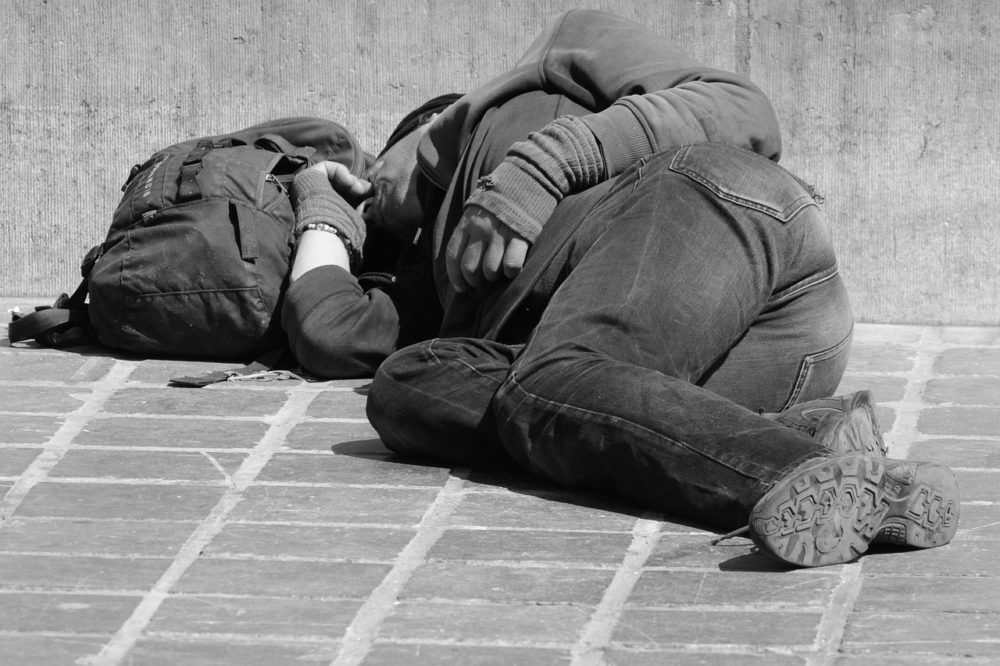In all honesty, I didn’t give much thought to the issue of affordable Bay Area housing until my brother Ted became homeless. He had received a diagnosis of obsessive-compulsive disorder (OCD), anxiety, and schizophrenia but refused to take his medication. After a particularly bad fight with my mother, he left the mobile home in which they lived, saying that she always opposed anything he wanted to do and felt that the relationship was toxic.
The next few years were very stressful. We would plead with Ted to come back, but he always refused. I was constantly wondering where he was, whether he ate lunch, whether he found a place to sleep away from the cold in the winter, and whether he was able to escape the baking heat in the summer. Another question I grappled with was whether I should move out of the Bay Area. If I could afford a tiny studio for him, then we would worry a lot less. But I already had to pay a mortgage on my current home, and at today’s prices, even a tiny Bay Area studio would be twice more than what we paid for the house in the early 2000s.
Fortunately, Ted didn’t go completely silent. Once a month, he would call back and allow us to take him to dinner. I asked him so many questions over these dinners and learned a bit about how the homeless get their basic needs met. Before Ted left home, I always thought that homeless people could just go to shelters and get food, showers, and safe places to sleep. This is true, but only if they can get a bed at all. The shelter that Ted attended most often would allow people to assemble starting at 3 pm, hold a random lottery at 4 pm, and then let the winners in at 5 pm. Unfortunately, the number of those seeking refuge increases in the winter, so the chances of getting a bed become slim. In San Francisco, the number of homeless without beds is around 6,800, but officials say the estimate is closer to 18,000 (!) as the pandemic has incurred heavy job losses.
My brother often slept on bus 22, a 24-hour bus route in Santa Clara County nicknamed “Hotel 22” because of the large numbers of homeless people that use it as overnight housing. Unfortunately, like the shelter, this option became less reliable in the winter. So every afternoon became a race to find a place to sleep for the night. Many nights he ended up sneaking back into an empty bedroom in my mother’s house through an open window and then climbing back out in the morning. He was fortunate to have this option, but many homeless don’t.
As if the homeless don’t have enough to worry about already, there is also a high incidence of theft. It is not uncommon to fall asleep only to find that what little you have is gone. This is an issue on the bus as well as in the shelters. We once had to replace Ted’s entire suitcase with fresh clothes, toiletries, and cash. We also had to replace his phone five times.
We finally got Ted to move in after trying many things, including having my mother move back in with me. But I believe what ultimately worked was installing a new treadmill in the garage. Ted’s biggest fear is getting cancer or diabetes, so he runs every day for an hour. After his gym canceled his membership and stopped letting him enter (because his disheveled state was disturbing customers), I purchased a treadmill. He started to come over more and more often until he decided it was more trouble to leave than to stay.
I am beyond relieved that he is back home, but it troubles me that he couldn’t get proper support. Shouldn’t Ted have been able to find a place to sleep if he wanted? Returning home is not an option for many of the homeless. So many are evicted, some children, and many leave toxic situations or families that cannot properly care for them. And with the Bay Area housing prices skyrocketing, the problem will only worsen as a growing number of homeless compete for a fixed number of beds. Nobody should have to battle through a frigid night … not even once.


